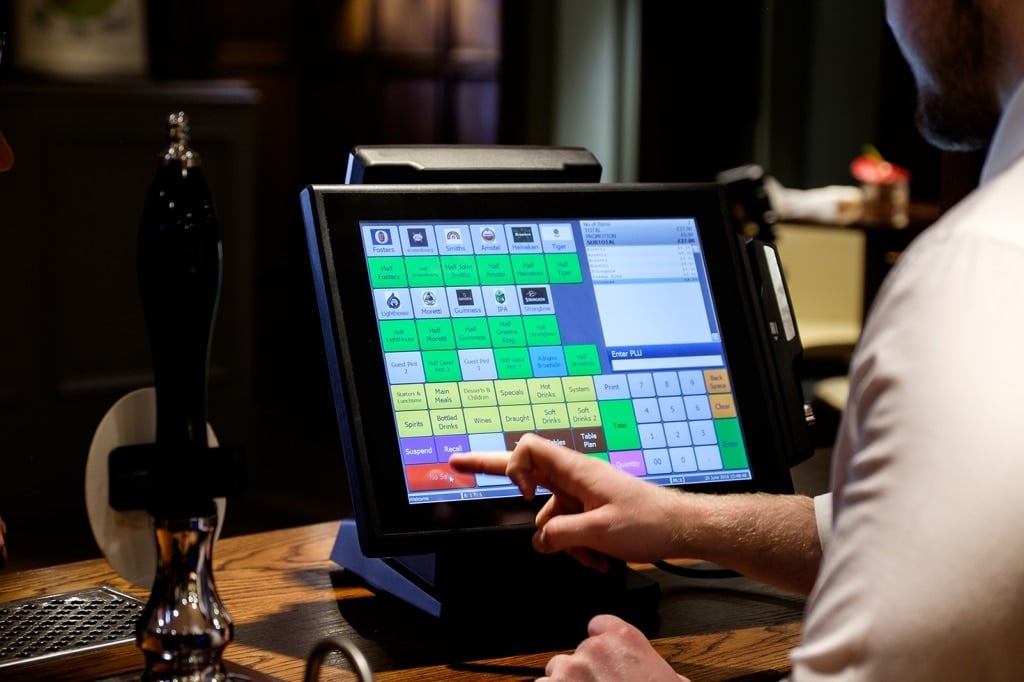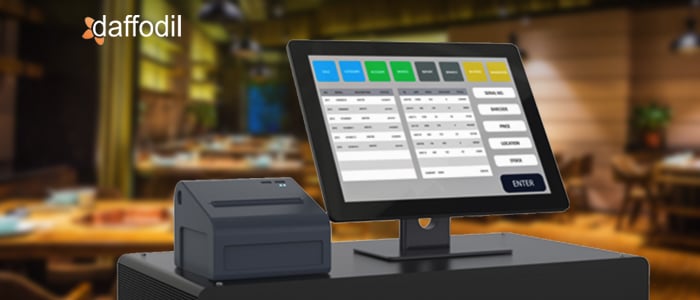How to choose the right Restaurant POS Software solution for your foodservice establishment
Exactly How POS System Functions: A Comprehensive Overview for Entrepreneur
A POS system acts as a crucial tool for modern businesses, incorporating numerous elements to streamline procedures. It encompasses equipment like barcode scanners and software program offer for sale monitoring. This system not only processes purchases yet likewise handles inventory and examines client actions. Understanding its performance can considerably impact an organization's efficiency and decision-making. What are the crucial aspects that add to this performance? Discovering these elements supplies useful understandings.
Understanding the Components of a POS System
A Point of Sale (POS) system is made up of numerous crucial elements that function with each other to promote transactions and take care of company procedures. At its core, the equipment consists of devices such as a cash money register, barcode scanner, receipt printer, and repayment incurable, all essential for refining sales (Restaurant POS Software). The software application component manages inventory, sales monitoring, and consumer data, providing beneficial insights for company decisions.Additionally, databases store transaction records and consumer info, making sure information honesty and security. Network connection allows real-time updates and accessibility to cloud-based services, boosting functional performance. Customer user interfaces, developed for ease of usage, permit team to browse the system swiftly, lessening training time. Together, these parts produce a natural system that streamlines the sales process, enhances customer support, and help in efficient monitoring of business resources. Recognizing these parts is essential for local business owner looking for to optimize their POS systems
How Sales Transactions Are Refined
When a consumer determines to buy, the sales deal launches a collection of systematic steps within the POS system. Initially, the cashier inputs the products being purchased, which are checked through a barcode visitor or by hand gotten in. This action recovers product information, including prices and relevant tax obligations, from the system's database.Next, the consumer exists with the overall quantity due. The POS system then refines the repayment, whether via cash money, credit score card, or mobile payment methods. For electronic payments, the POS firmly interacts with repayment processors to authorize and verify the transaction.Once the settlement is validated, the system generates a receipt, which can be published or sent electronically. This invoice acts as receipt for the consumer. The deal information is videotaped in the system, making sure precise sales documents and financial monitoring for the organization.
Supply Management and Monitoring
Effective inventory monitoring and monitoring are important components of a POS system, as they ensure that companies preserve excellent supply degrees and minimize disparities. A robust POS system enables real-time supply updates, showing sales and returns instantaneously. This allows entrepreneur to keep an eye on stock degrees accurately, guaranteeing that prominent products are readily offered while protecting against overstocking of less preferred products.Additionally, progressed POS systems provide functions such as automatic supply alerts and reorder tips, streamlining the purchase process. Barcoding and RFID modern technology improve precision in tracking supply movement, lowering human error. Comprehensive coverage tools offer insights into inventory turn over prices, aiding companies make notified choices concerning purchasing and item offerings. Inevitably, efficient stock administration through a POS system not just enhances operational efficiency yet also enhances consumer fulfillment by making sure product availability.

Assessing Consumer Information and Insights
Customer information analysis offers as an effective tool for services making use of a POS system. By gathering and examining site web purchase data, businesses can uncover useful insights about consumer actions and choices. This evaluation allows them to recognize purchasing patterns, peak shopping times, and prominent items, thereby notifying stock decisions and advertising and marketing strategies.Additionally, organizations can sector their client base, permitting individualized marketing initiatives that cater to certain demographics or acquiring behaviors. Understanding consumer commitment patterns also assists in creating targeted promotions and rewards programs.The information obtained from a POS system can likewise reveal insights right into consumer feedback, allowing organizations to make informed decisions regarding item offerings and solution enhancements. Inevitably, leveraging client information successfully can boost the general shopping experience, foster consumer fulfillment, and drive earnings development.
Benefits of Executing a POS System
Applying a POS system uses many advantages that can significantly improve service operations. To start with, it enhances deal processes, lowering wait times and improving client contentment. By automating sales processes, companies can minimize human error and guarantee exact record-keeping. In addition, a POS system supplies useful data analytics, enabling proprietors to track sales trends and stock degrees in real-time. This insight supports notified decision-making, aiding to maximize supply monitoring and advertising and marketing strategies.Moreover, lots of POS systems incorporate with various other organization devices, such as audit software application, simplifying monetary monitoring. Enhanced staff member management attributes, such as tracking hours and efficiency, more add to operational efficiency.Lastly, the implementation of a POS system can lead to raised revenue Home Page through boosted consumer experiences and calculated understandings, eventually promoting service growth and sustainability.
Often Asked Questions
What Kinds Of Companies Can Gain From a POS System?

Just how much Does a POS System Normally Price?
The expense of a POS system typically varies from a couple of hundred to a number of thousand dollars, relying on functions, hardware, and software program go to my blog - Restaurant POS Software. Businesses should think about ongoing fees for upkeep, assistance, and purchase processing when budgeting

Can I Incorporate a POS System With Existing Software?
Incorporating a POS system with existing software application is commonly possible. Many systems supply APIs or built-in compatibility functions, permitting companies to simplify procedures and boost functionality by attaching various software applications successfully.
What Training Is Needed for Team to Utilize a POS System?
Training for team to make use of a POS system commonly consists of understanding software program capabilities, refining deals, taking care of inventory, and dealing with consumer communications - Restaurant POS Software. Practical presentations and hands-on practice improve effectiveness and confidence in utilizing the system effectively
What Occurs if the Net Goes Down While Making Use Of a POS System?
If the net goes down throughout POS system usage, deals might be interrupted. Several systems provide offline capabilities, enabling standard operations to continue, yet full functionality, consisting of real-time stock updates, will certainly be limited.